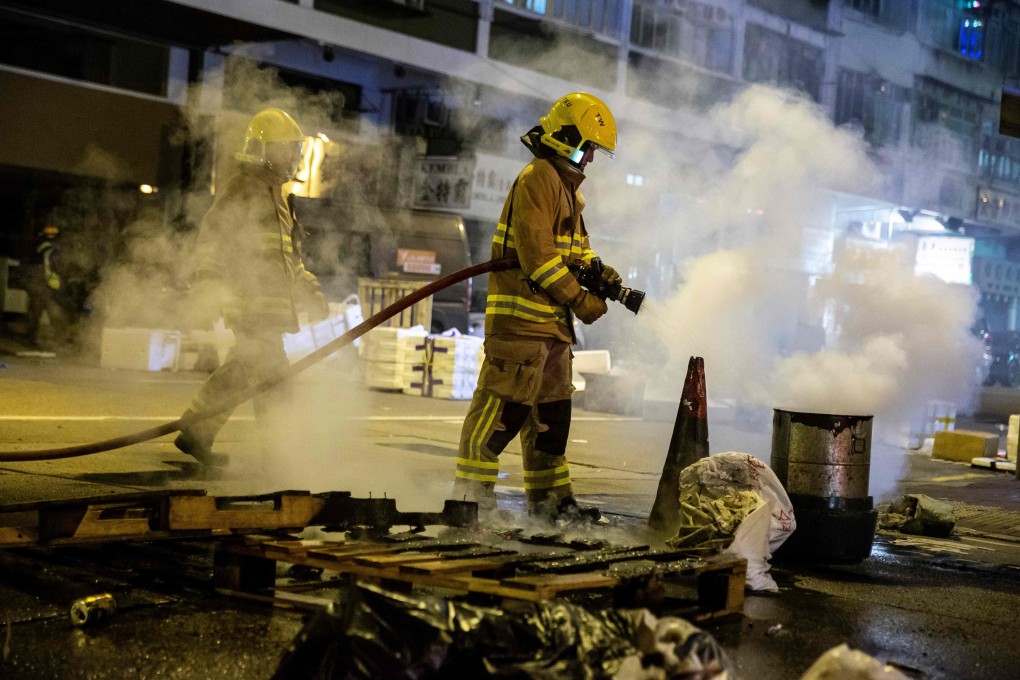My Take | How Hong Kong got to where it is
- “A Study of History”, by Arnold Toynbee, may offer some ideas about our predicament and a guide to the future

If one were to write a history of the radical unrest of 2019 that has rocked Hong Kong to the core, how might one go about it beyond the usual “yellow” and “blue” narratives, or the democracy vs foreign interference debate?
With nothing better to do during the pandemic lockdowns, I have been immersing myself in the historical writings of Arnold Toynbee. Now I feel comfortable enough to borrow some of his conceptual schemes. This is no more than an intellectual game. I am, of course, no historian, so please don’t take this outline of an idea too seriously. But if it piques your curiosity in Toynbee and his ideas about the general contours of societal breakdown, it would have been worth my while. Some people find enlightenment reading Carl Jung and The I Ching. I find Toynbee revelatory.
Among his key ideas I will borrow are “dominant minorities”, “internal proletariats” and one of the three nemeses of creativity that he calls “idolisation of an ephemeral (non-lasting) institution”. The first two concepts are found in A Study of History (Volume 5), under the heading “The Disintegrations of Civilisations”, and the third and last concept in Volume 4, under “The Breakdowns of Civilisations”. Here, Toynbee is playing the forensic pathologist examining the corpses of late civilisations or groups of societies to determine their common causes of death.
To connect Toynbee to our city, let me first pose this pair of related questions at the outset about post-handover Hong Kong: why were the mass protests in 2003 peaceful and successful in achieving their objective: shelving the planned legislation of the security law under Article 23 of the Basic Law? Why were the protests in 2019 so often violent and failed in all their objectives but one – shelving the cross-border extradition bill?
To cut a long story short, if the dominant minorities enjoy political legitimacy, and if those who protest have specific demands – as opposed to general discontent and malaise – and have a big stake invested in the well-being and future of their community, then their protests should be, comparatively, peaceful; but if not, they tend to be violent.
But how did dominant minorities emerge in the first place? Through an act of political creativity, according to Toynbee, that is, they win the acquiescence and obedience of the masses by creating a vibrant and growing economy and society. Over time, though, they lose their legitimacy when they lose their creativity and degenerate into a plutocracy. Instead of pursuing general public interests, they pursue their own narrow interests in the name of the public good.
A plutocracy creates its own internal proletariats, those who are in the society but not of it, or the disenfranchised. They are made to feel they have no stake in the society by being pauperised and denied their fair shares of economic opportunities, social participation and political recognition. They are ignored and/or exploited. The dominant minorities physically see them but don’t morally recognise or acknowledge them. The late Leo Goodstadt provides a good empirical study of how this new poor class – or new kind of poverty – was created after 1997 in Poverty in the Midst of Affluence: How Hong Kong Mismanaged its Prosperity.
